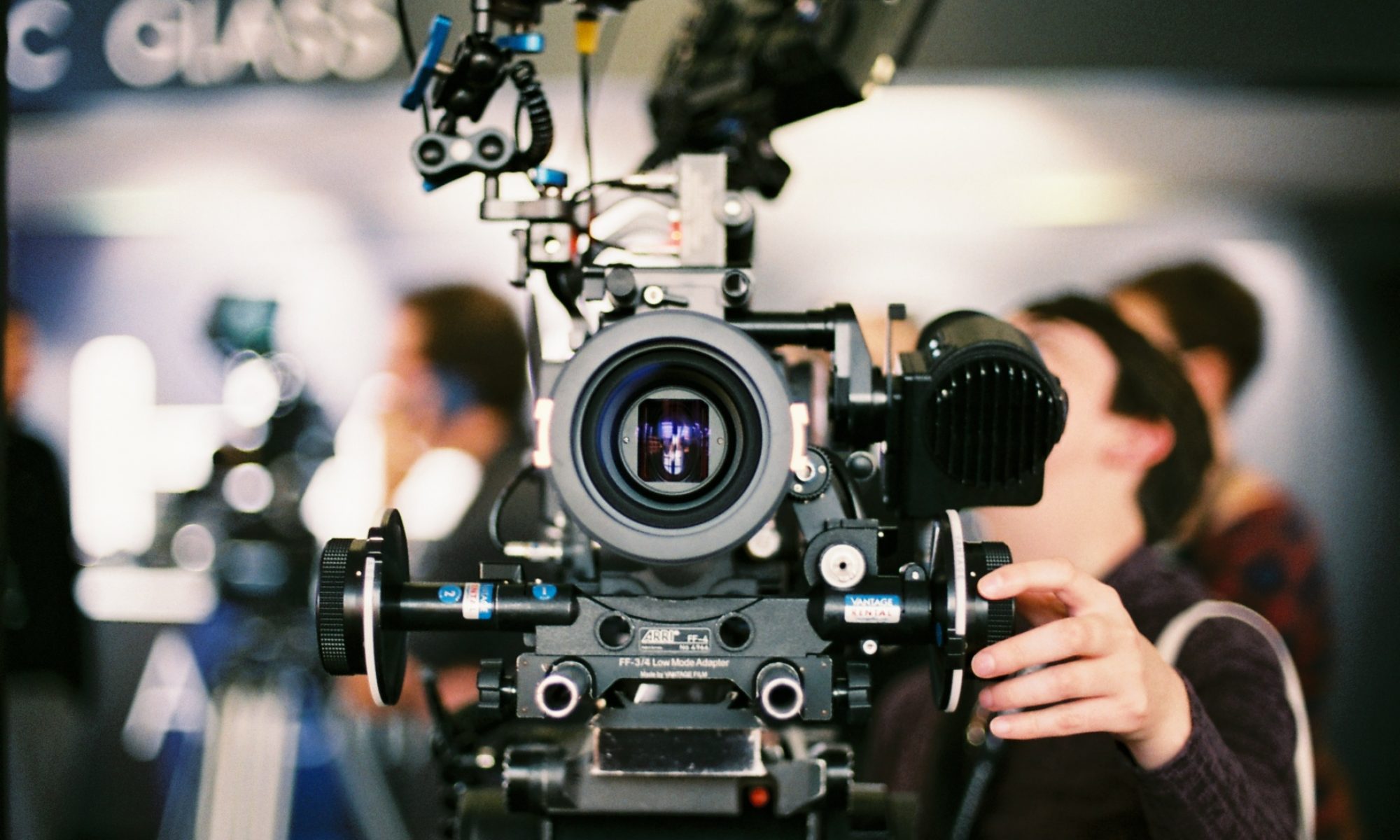Given such a short timeframe to produce a video showcasing the differences between the Canon 77D and the Canon C100, my group simplified its goals to make sure we could film the task in the two-hour window that we had. Unfortunately, we didn’t have the time to do much pre-production planning as a group, but we all came up with ideas and shared them once we met to film the task. I did some research into the technical specs of the 77D, since I had never seen the camera before, but apart from that I didn’t have a clear idea of what the video would be like when we started production. Neither did anyone else.
As soon as we got our kit and arrived at our space, we sat down and tried to brainstorm the vision for the video. We knew it had to illustrate some key differences between the 77D and the C100, and it had to be 4-5 minutes long. Since we were having trouble deciding what we’d talk about, we reckoned that we’d film some beauty shots of the cameras first, since we knew we’d need to include some form of b-roll. As I was acting as director, I just told the camera person in our group what kind of shots I wanted and stood back. While they filmed, I continued brainstorming about what our presenter should talk about. I managed to come up with a list of differences between the cameras that someone advancing from the 77D to the C100 could expect. I bounced those off all the other group members, and they provided more suggestions for the list.
The main difference between the cameras we thought of is that the 77D is a camera aimed towards photography that happens to record video while the C100 is specifically meant for filmmaking. The C100 has proper audio connections to record synchronized audio, and it has more buttons on the body for adjusting the ISO, white balance, and shutter speed/angle, instead of needing to dig into menus to adjust each of those as with the 77D. We also made it a point to explain the advantages of having 2 SD card slots on the C100 instead of just 1 on the 77D, as it lets you record more video or have a backup of your footage made at the same time. Plus, built-in ND filters on the C100 are a huge bonus over the 77D. To complement our presenter’s explanation of these differences, we filmed close-ups of each of the functions and how they worked so that we could put them as b-roll over our presenter as they spoke.
Trying to make the video fit the 4-5-minute length requirement was the toughest part of the task for us. We didn’t have the time to plan out an in-depth video to explain the comparisons between the cameras, but we rested our hopes in the fact that we could include some example footage from both cameras. In the edit lab, we ended up needing a good amount of that example footage, as what we filmed only ended up getting us past the 2-minute mark. Luckily, one of our group members had some footage that they filmed with the 77D for a previous module, so we were able to incorporate that, along with some C100 footage from our previous travel vlog and music video tasks to lengthen our video to the 4-minute mark.
I learned from this task that the people you work with are a huge part of how efficient production will go. I had worked with all these group members before, and we all worked extremely well together. We had skills in the different areas of production, so we were able to delegate ourselves and quickly record lots of quality footage without any hassles. If we didn’t work so well together, I fear that our video might’ve had to sacrifice quality for time, as any problems during production would cost us from the two-hours that we had to film. Thankfully, that was not the case with this task, as we all knew each other’s strengths and could use trust each other to do their job well.
Link to video:
